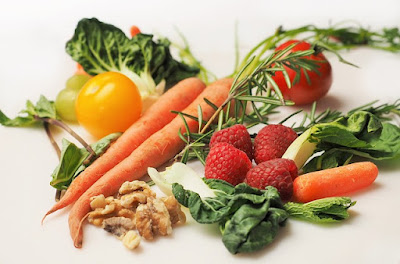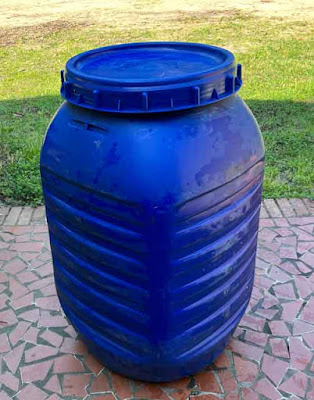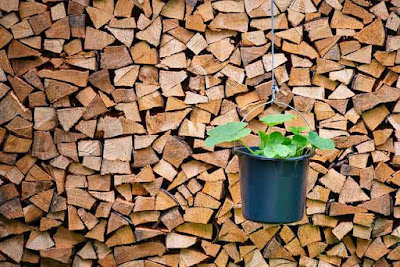Wow! April seemed to pass so quickly.
May is upon us, so here are some things to do in and around your garden.
Surely you've taken a soil sample to your nearest County Extension Service office for testing. You have, haven't you?
You should be keeping a garden journal. Record what you planted where, when and how. Note your successes and failures, weather conditions, etc. This might help you repeat your successes and avoid failures in the future.
Northeast
Get rid of those weeds. Either pull them, hoe them or mulch deeply to suppress them.If the threat of frost is past, plant tomatoes, peppers, okra, pumpkins, beans, corn, squash and other heat-loving crops. Otherwise, wait.
If frost is still a possibility, start seeds for those plants indoors.
Get your perennial herbs in the ground.
Harvest rhubarb and asparagus.
Mid-Atlantic
Finish planting trees, shrubs, perennials and fruits. Hot weather will be coming soon.Add compost to your garden.
Plant your flower beds with summer annuals.
Water your garden to keep your beets and other root crops growing.
Fertilize roses.
Divide older established perennials if needed.
Mid- and Lower South
Direct-sow more vegetable seeds in your gardens and raised beds.Begin to thin radishes, beets and other crops closely sown.
Keep watering your garden.
Add compost to your garden.
Turn your compost pile and add more to it.
Fertilize roses, again.
Check for pests and diseases.
Midwest
Start seeds indoors for cucumbers, squash, pumpkins and melons.Fertilize your roses, again.
Turn your compost pile, again.
Remove some of the mulch applied last fall so new growth can emerge.
Divide perennials, if necessary.
Plant beans, squash, corn, peppers, and tomatoes, if danger of frost is past.
Pacific Northwest
Stay on top of your weed situation. Don’t let them get out of control.Divide perennials.
Plant peppers, tomatoes, eggplant, squash, and melons once your soil has warmed to 70 degrees F.
Plant summer-blooming bulbs, perennials and perennial vegetables.
Turn your compost pile.
Add finished compost to your garden beds.
Fertilize your roses, again.
Continue pest control in your orchard.
West Coast
Finish harvesting cool weather crops.Fertilize trees, shrubs and roses.
Plant summer-blooming bulbs, perennial and root vegetables.
Add compost to your garden.
Prune roses and shrubs that bloom on fresh wood.
Remove excess mulch.
Refresh mulch, if necessary.
Southwest
Plant summer-flowering bulbs.
Finish harvesting cool weather crops.
Plant outdoor vegetables and warm season annuals.
Add compost to your garden beds.
Fertilize your roses again.
Return to GoGardenNow.com.












